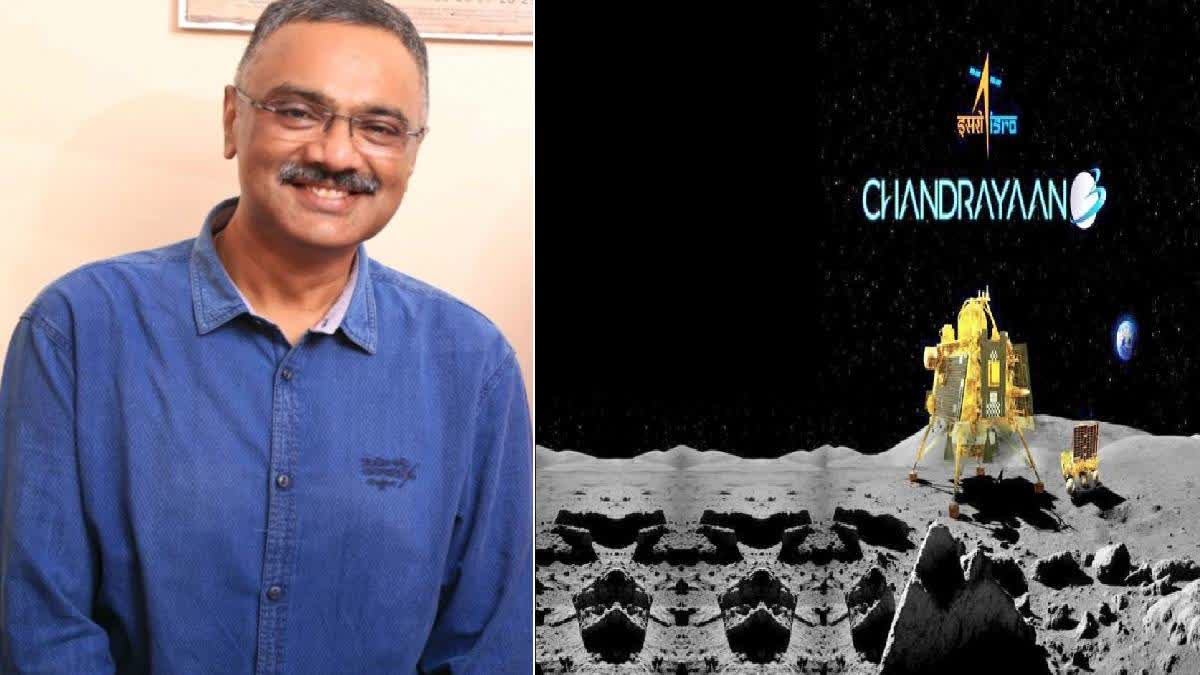Bengaluru:Chandrayaan-3 seeks to achieve a remarkable milestone by making India the first nation to achieve a successful landing on the Moon’s south pole.
The Moon, planets and celestial bodies exhibit unique patterns in their magnetic and gravitational fields around the poles. These distinct behaviours have posed challenges for missions attempting to land on the lunar south pole, resulting in previous failed attempts. Thus, a couple of innovative strategies have been adopted to overcome the existing challenges.
Extreme Speed Reduction Challenge for Vikram Lander:The Vikram lander on Chandrayaan-3 is currently flying at 25 kilometres above the Moon’s surface at a speed of 6,000 km/h. It has to slow down dramatically to just 1 metre/second in a matter of seconds. Additionally, it must execute a rapid 90° turn as it departs from its orbit. ISRO faces the challenge of making significant adjustments at extremely fast speeds.
The Propulsion Module’s Extended Mission and Fuel Efficiency:The Propulsion Module, originally anticipated to function for only three to six months, is still operational with over 150 kg of remaining fuel. This indicates its potential to continue its operations for several more years to come. When it was launched on July 14, the Propulsion Module was loaded with a full tank containing 1,696.4 kg of fuel. En route to the Moon, it executed significant manoeuvres as part of its journey. Interestingly, it used considerably less fuel than anticipated by ISRO for all of these operations.
Unveiling Lunar Mission’s Exploration and Resource Potential:The Chandrayaan-3 lunar expedition encompasses a variety of objectives, predominantly focused on investigating the lunar atmosphere, soil and rocks. The mission intends to ascertain the feasibility of utilising these lunar resources to support potential human habitation. Throughout its 14-day operation, the Pragyan rover will be dedicated to the search for water ice, a vital resource that could potentially sustain human presence on the Moon. Additionally, this water ice holds the potential to serve as propellant for spacecraft en route to distant destinations, such as Mars.
